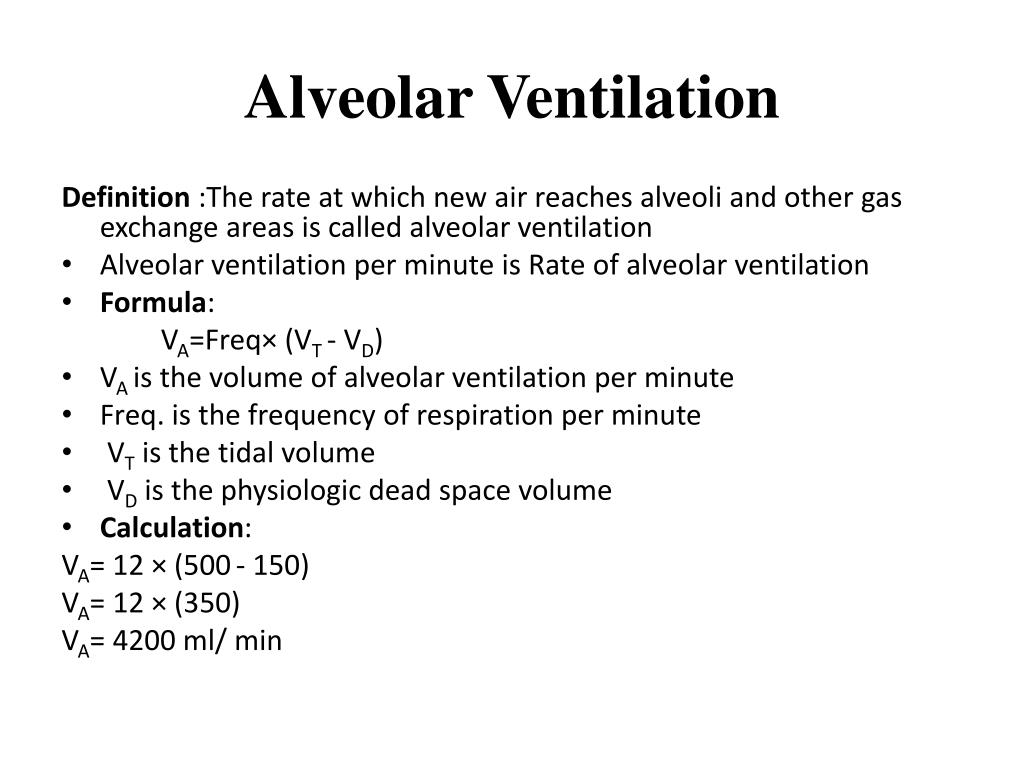



Data to calculate the CO 2 indices (response variables) and dead space variables were measured every 30 min. Six healthy adult horses were anesthetized in dorsal recumbency breathing spontaneously for 3 h. The aim of this experimental study was to evaluate which factors influence these CO 2 indices in anesthetized spontaneously breathing horses. The arterial to end-tidal CO 2 difference (P (a-ET)CO 2) and alveolar dead space fraction (VDalv frac = P (a-ET)CO 2/PaCO 2), are used to estimate Enghoff’s “pulmonary dead space” (V/Q Eng), a factor which is also influenced by venous admixture and other pulmonary perfusion abnormalities and thus is not just a measure of dead space as the name suggests. 5Division of Anaesthesiology, Vetsuisse Faculty, Zurich, Switzerland.4Department of Anesthesiology, Hospital Privado de Comunidad, Mar del Plata, Argentina.3Anaesthesiology and Perioperative Intensive Care Medicine, Veterinary University Vienna, Vienna, Austria.2Department of Anesthesiology and Intensive Care Medicine, Rostock University Medical Center, Rostock, Germany.1College of Veterinary Medicine, Murdoch University, Perth, WA, Australia.Böhm 2 Anthea Rasis 1 Giselle Hoosgood 1 Ulrike Auer 3 Gerardo Tusman 4 Regula Bettschart-Wolfensberger 5 Johannes P.


 0 kommentar(er)
0 kommentar(er)
